Pressure vessels are critical components in industries such as oil and gas, chemical processing, power generation, pharmaceuticals, and food production. Despite their importance, pressure vessels can pose severe safety hazards if they fail. Catastrophic failures not only lead to production downtime but can also result in environmental disasters and loss of human life.
1. Common Causes of Pressure Vessel Failures
1.1 Corrosion and Erosion
Corrosion is the chemical or electrochemical deterioration of materials, often due to exposure to moisture, chemicals, or aggressive environments. Internal corrosion is common in vessels that handle corrosive fluids or gases, while external corrosion can occur when insulation traps moisture.
Erosion, on the other hand, results from high-velocity fluid or particulate matter physically wearing down the vessel walls, especially at bends, joints, and entry/exit points.
Notable risks:
Corrosion under insulation (CUI)
Galvanic corrosion due to dissimilar metals
Pitting and crevice corrosion in stagnant zones
Consequences:
Wall thinning
Leaks or rupture
Complete structural failure
1.2 Fatigue and Stress Cracking
Pressure vessels often operate under cyclic loading—regular pressurization and depressurization—which can lead to fatigue failure over time. Even small defects in materials or welds can grow into cracks under repeated stress.
Stress Corrosion Cracking (SCC) can occur when tensile stress and a corrosive environment combine. This type of cracking is often difficult to detect but can lead to sudden failures.
Risk factors:
Fluctuating pressure and temperature
Incompatible materials
Residual stresses from welding
Prevention requires:
Accurate fatigue analysis during design
Use of SCC-resistant alloys
Post-weld heat treatment (PWHT) to relieve stresses
1.3 Manufacturing Defects
Improper manufacturing processes can introduce flaws such as:
Incomplete weld penetration
Slag inclusions
Improper heat treatment
Dimensional deviations
These defects, if not detected during fabrication or commissioning, may propagate under pressure and stress during service.
Real-world examples:
Cracks originating from weld flaws
Delamination in composite vessels
Misalignment of flanges or nozzles
Quality assurance and non-destructive testing (NDT) during manufacturing are essential.
1.4 Design Flaws
Even when manufacturing is perfect, design errors can render a pressure vessel vulnerable. This includes:
Undersized wall thickness
Inadequate safety factors
Poor nozzle placement or support design
Ignoring dynamic loads or thermal expansion
Using outdated design codes or overlooking real operational conditions often leads to premature failures.
1.5 Overpressure Events
A common cause of vessel rupture is overpressurization, which can result from:
Blocked outlets
Failed control valves
Runaway chemical reactions
Operator error
If the pressure relief system fails or is improperly sized, the vessel may not withstand the excess pressure.
Consequences:
Explosions
Fire hazards
Flying shrapnel
Proper pressure relief devices and fail-safes are critical.
1.6 Poor Maintenance and Inspection
Over time, materials degrade and minor issues can escalate if left unchecked. Skipping routine inspections or lacking a preventive maintenance schedule is one of the most common causes of undetected vessel deterioration.
Warning signs often missed include:
Leaking flanges or valves
Unusual vibrations
Discoloration or rust streaks
Neglect can lead to:
Sudden leaks
Environmental contamination
Safety hazards to personnel
2. Prevention Strategies
2.1 Regular Inspection and Testing
Routine inspections help detect early-stage damage before it becomes critical. Techniques include:
Ultrasonic Testing (UT): Measures wall thickness and detects internal flaws
Radiographic Testing (RT): Identifies hidden cracks or inclusions
Magnetic Particle Inspection (MPI): Useful for surface cracks in ferromagnetic materials
Hydrostatic Testing: Pressurizes the vessel with water to check for leaks or weaknesses
Recommendation: Follow inspection intervals set by ASME, API 510, or local regulations.
2.2 Proper Material Selection
Material choice is vital. Different applications require different properties, such as:
Stainless steel: Excellent corrosion resistance, good for food/pharma
Carbon steel: Cost-effective but more prone to corrosion
Hastelloy, Inconel, or titanium: For highly corrosive or high-temperature environments
Failure to select compatible materials can lead to premature degradation.
2.3 Quality Manufacturing
Partner with manufacturers that comply with:
ASME Boiler & Pressure Vessel Code
ISO 9001 Quality Management Systems
Certified welders and procedures (WPS/PQR)
Tips:
Insist on third-party inspection
Review material test reports (MTRs) and fabrication drawings
2.4 Design According to Standards
Design should be based on comprehensive standards like:
ASME Section VIII (Div 1 & 2)
PED (Pressure Equipment Directive) for Europe
API 650/620 for specific storage applications
Design factors to include:
Safety margins
Fatigue analysis
Corrosion allowance
Seismic and wind loads if applicable
2.5 Install Safety Devices
Every pressure vessel should be protected with:
Pressure Relief Valves (PRVs): Automatically release excess pressure
Rupture Discs: Fail-safe device that breaks under critical pressure
Pressure and temperature sensors: Connected to alarm or shutdown systems
Periodic testing and recalibration of these safety devices are essential.
2.6 Training and Standard Operating Procedures (SOPs)
Operators are the first line of defense. Provide:
Ongoing technical training
Emergency response drills
Clear, accessible SOPs for normal and abnormal conditions
Human error is a major contributor to vessel failure—training minimizes this risk.
3. Case Studies of Pressure Vessel Failures
Case 1: BP Texas City Refinery Explosion (2005)
Cause: Overpressure in a tower due to faulty level indicators and alarms.
Consequence: 15 deaths, 180 injuries.
Lesson: Always verify instrumentation and install redundant safety systems.
Case 2: Grain Silo Explosion
Cause: Dust accumulation led to pressure spike and ignition.
Consequence: Total loss of facility.
Lesson: Ignoring small inspection issues can lead to massive losses.


 English
English русский
русский عربى
عربى

.jpg)
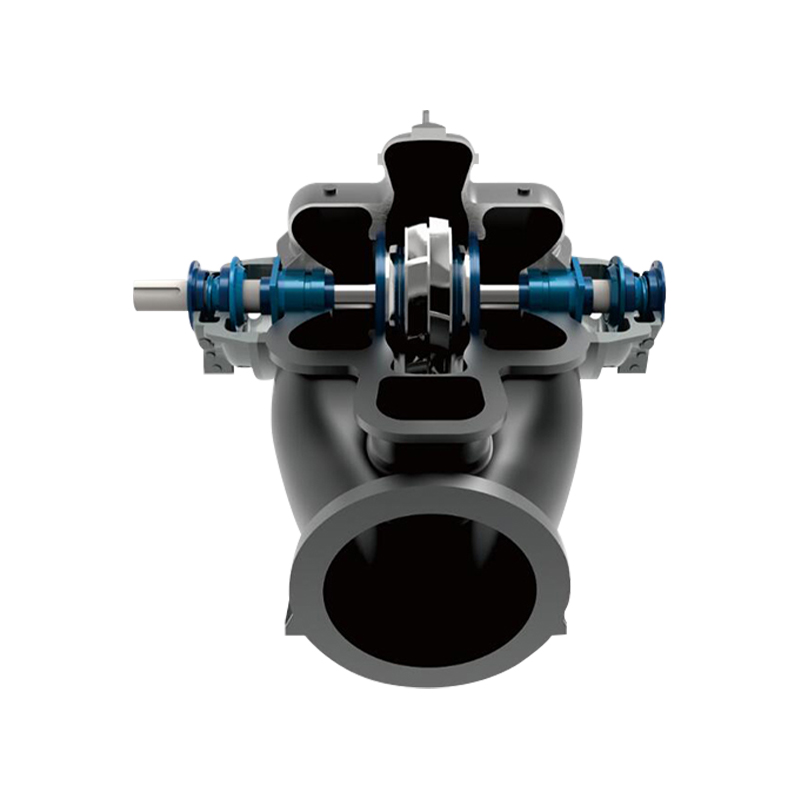
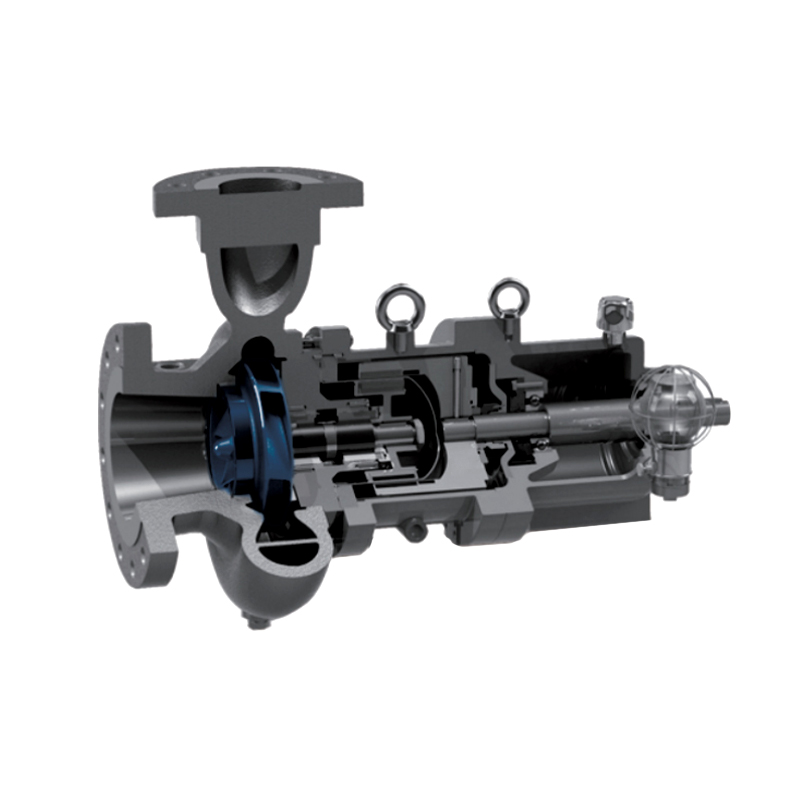
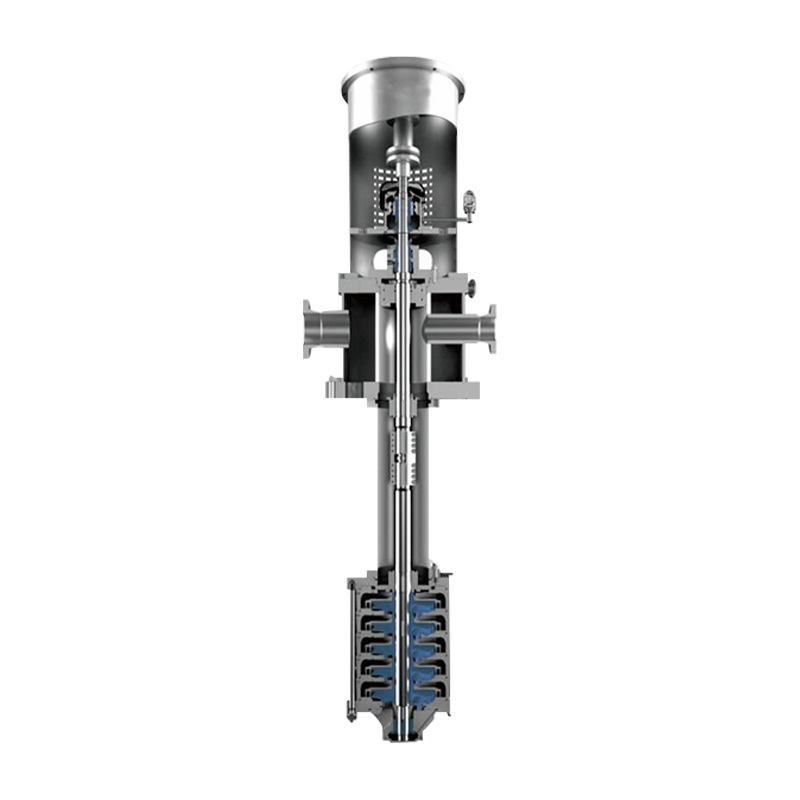
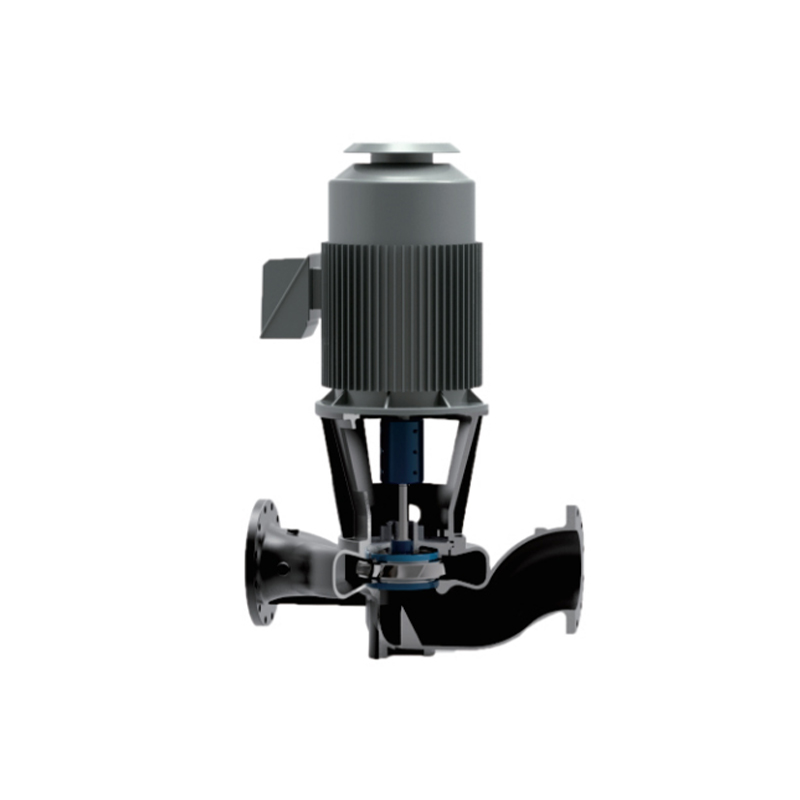
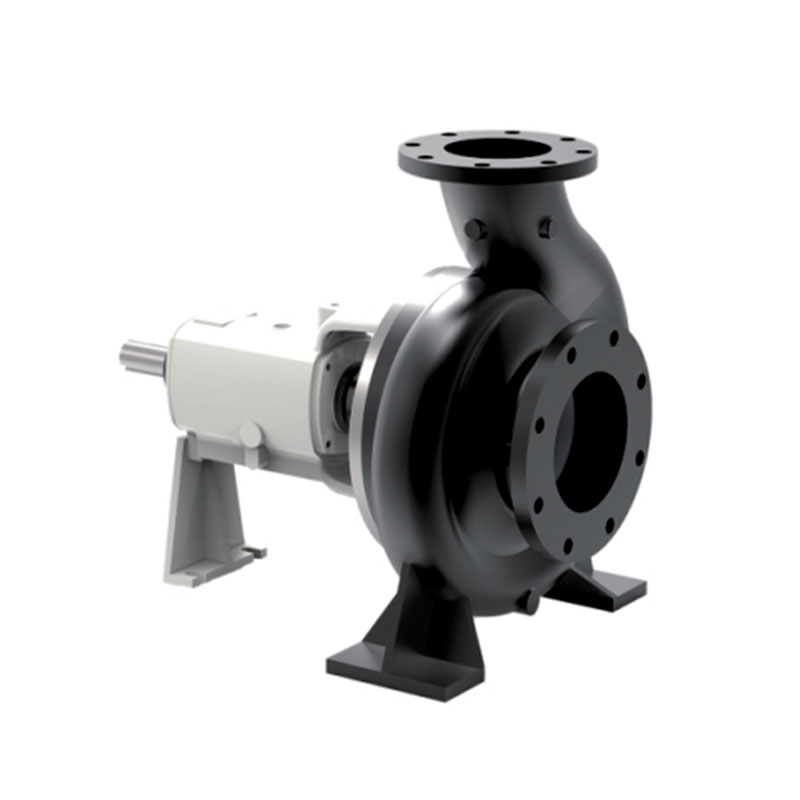
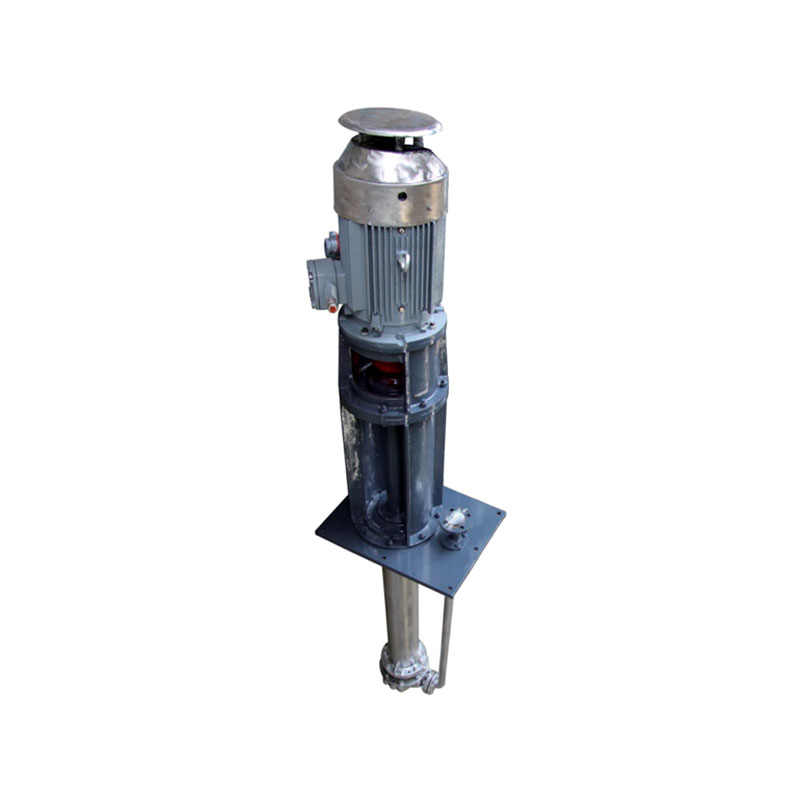
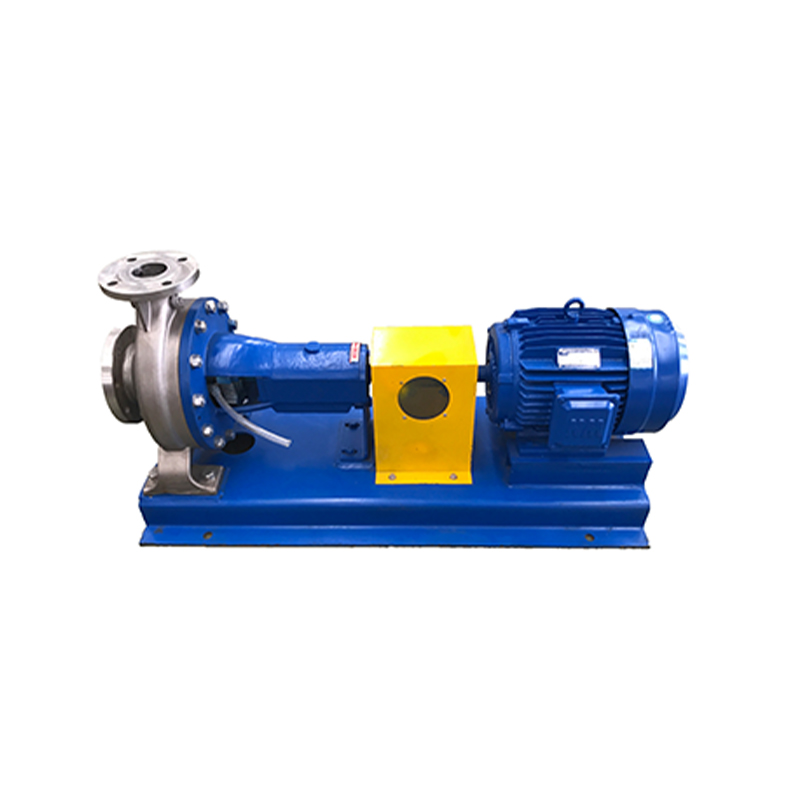

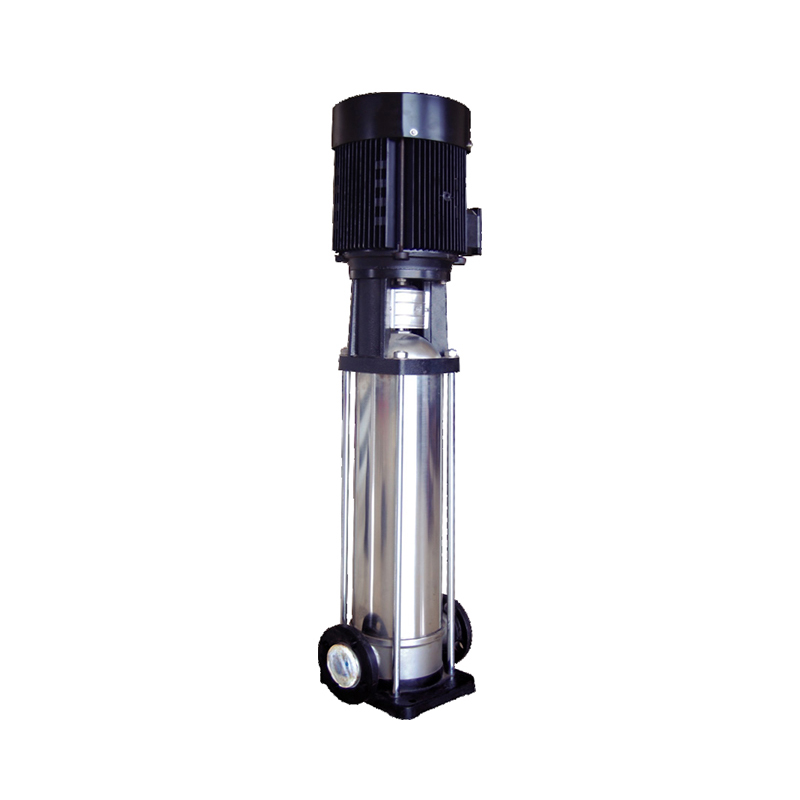






 ENG
ENG

 TOP
TOP